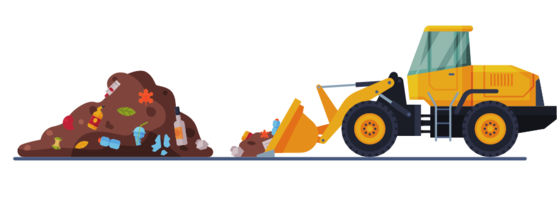|
This holiday season, you can reduce your carbon footprint and be SB 1383-compliant while you eat, drink and be merry! Decreasing household food waste and composting leftover food are two great recycling habits to practice this holiday season.
When green/organic materials* (much of what holiday meals consist of) end up in a landfill, they emit methane gas: a climate pollutant 84 times more potent than carbon dioxide. To reduce the amount of climate pollutants in the air, the State of California passed Senate Bill 1383. Through this statewide effort, California hopes to: reduce organic waste in landfills by 75%, and to rescue at least 20% of currently disposed surplus edible food by 2025.

- In your composting bin, make sure your components are well-mixed and have plenty of room to breathe. Adding nitrogen sources to your compost pile, such as plant based fertilizer, green manure, or chopping materials into small pieces will supercharge the decomposition process.
- Ensure the following key elements are present in your compost: Carbon-rich waste (e.g., fallen leaves, branches, wood chippings or straw), organic waste, water and air.
- Use the composting method that makes the most sense for you and your soil needs. The three standard methods of composting are:
- Hot, or “active” composting aims for an internal temperature of 140°F, destroying disease-causing organisms. The ratio for this method is generally 3:1 brown to green matter.
- Cold, or “passive” composting uses the same materials but does not require managing ratios. Using this method, it can take up to a year for materials to break down into soil.
- Vermicomposting ("worm composting") uses worms to break down organic matter. This method is space-efficient and only requires adding organic materials regularly.
Learn about organic waste and recycling on our Organic Waste webpage, or call (209) 456-8440 for more information.
*Accepted green/organic waste includes: coffee grounds and loose tea, bread, rice, pasta, herbs, meat, bones, poultry, seafood and soft shells (e.g. lobster, crab, shrimp and eggshells), cheese and dairy, soiled food waste papers, fruits and vegetables, flower trimmings, tree trimmings, untreated and unpainted wood leaves, grass, brush and weeds.
|